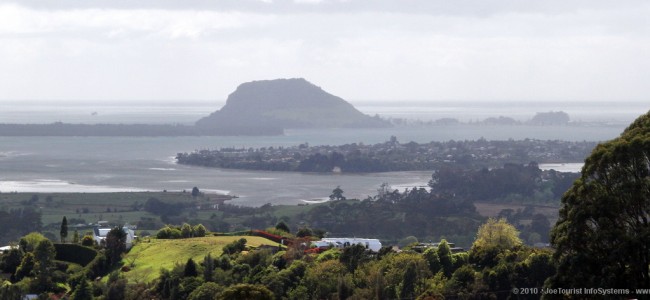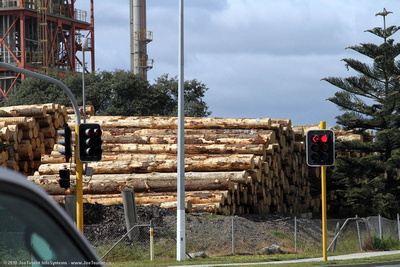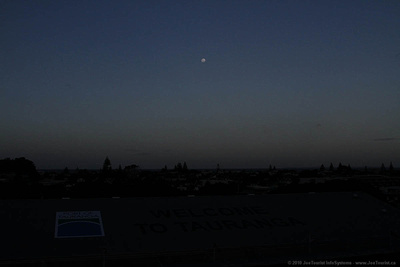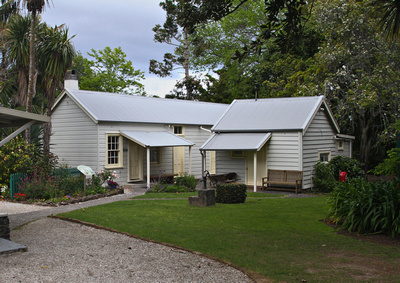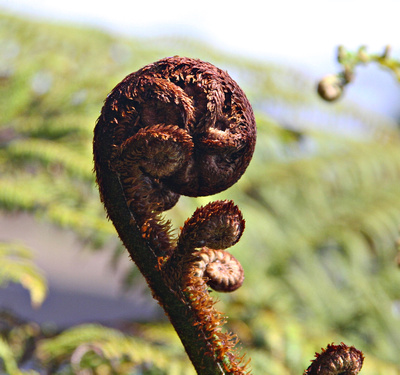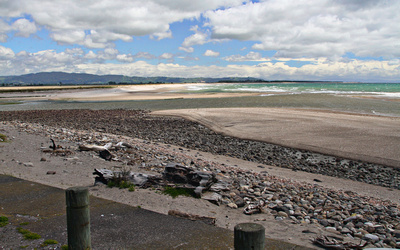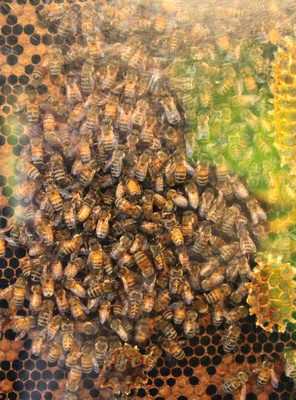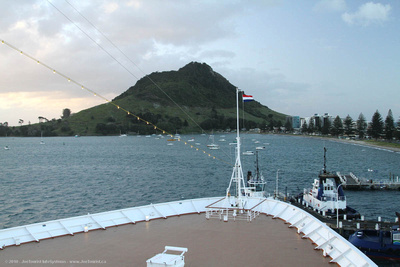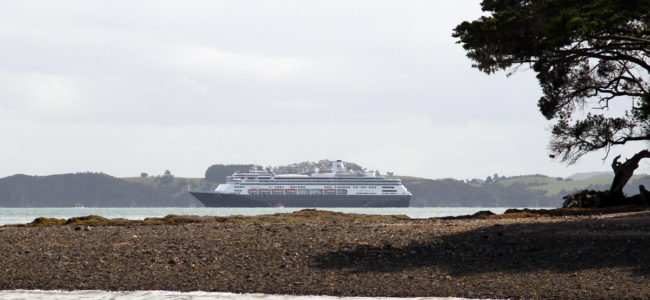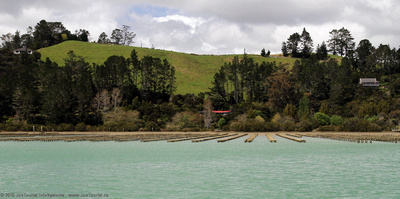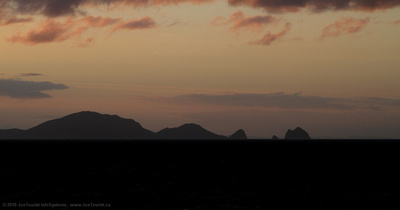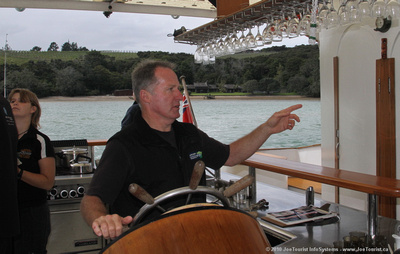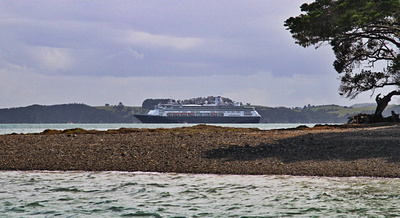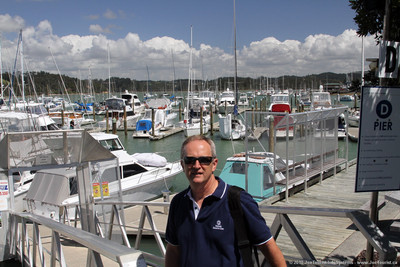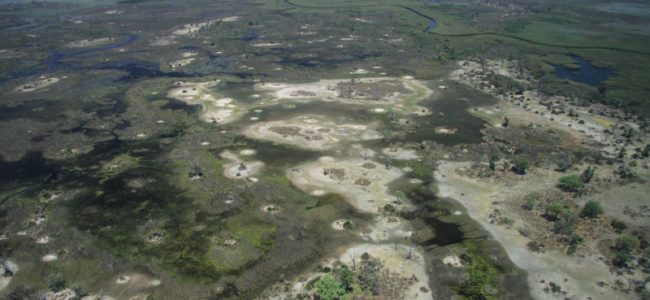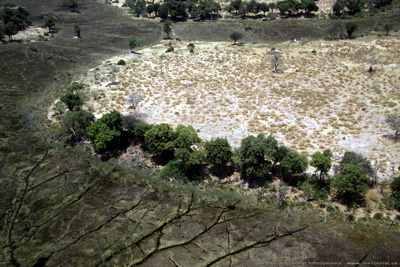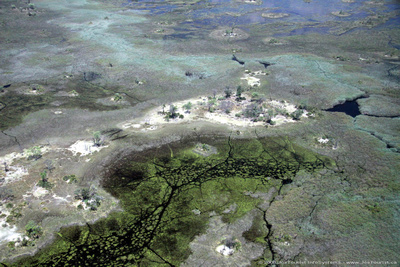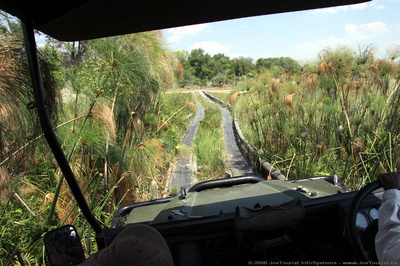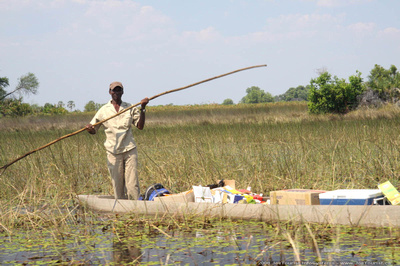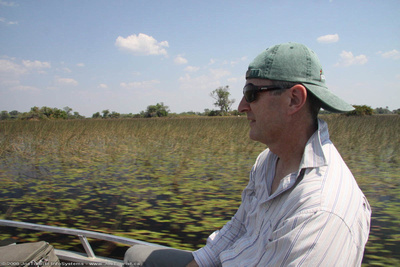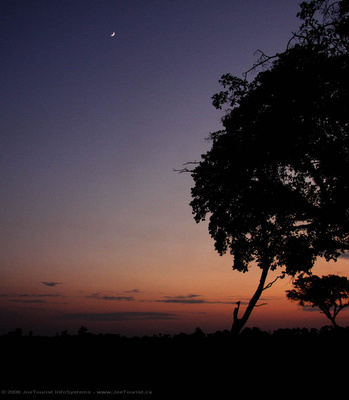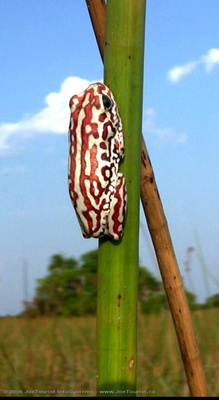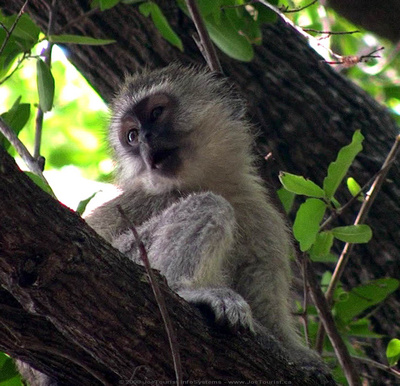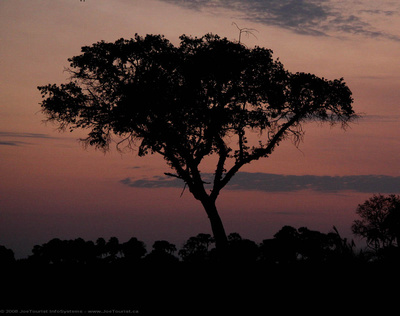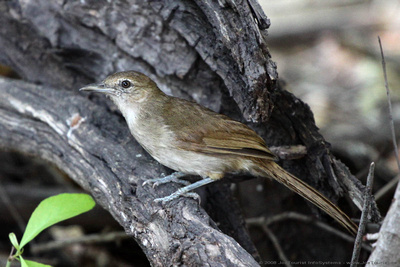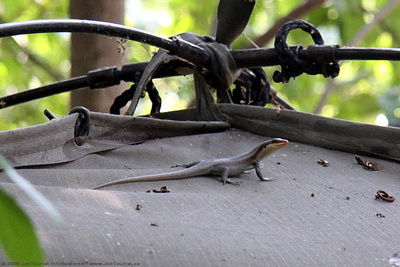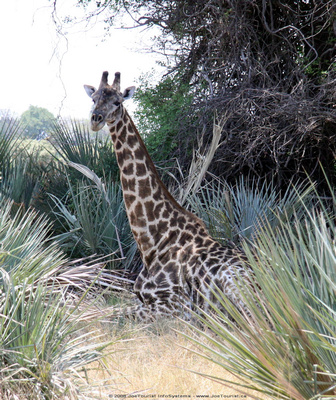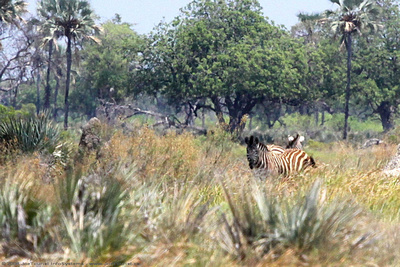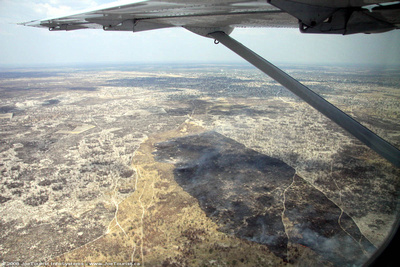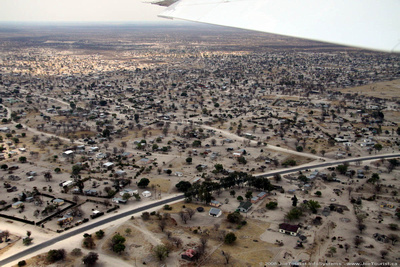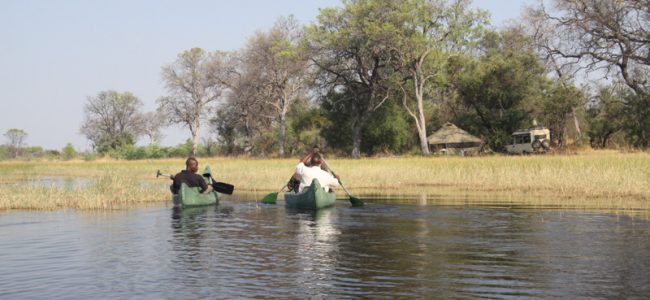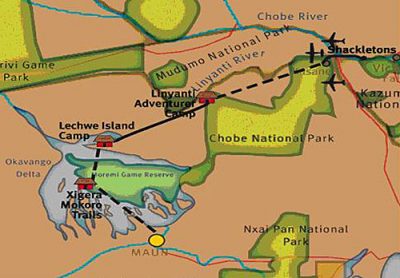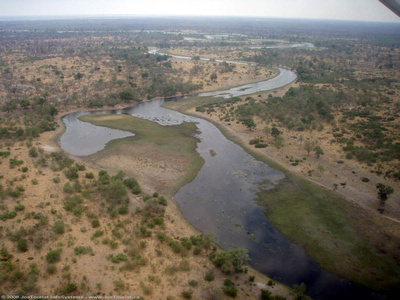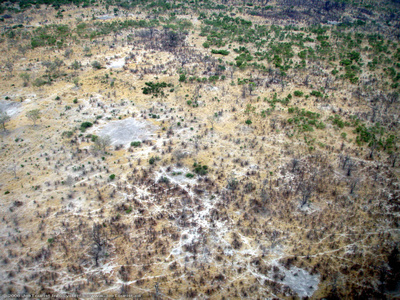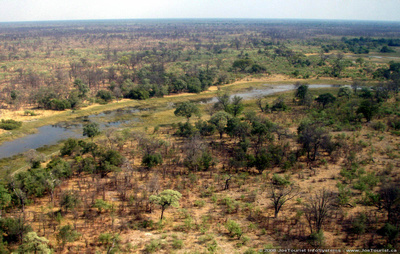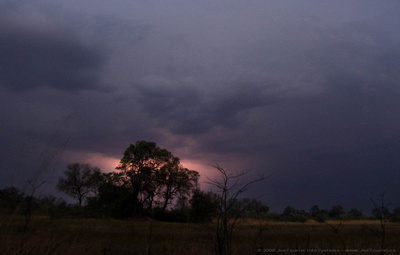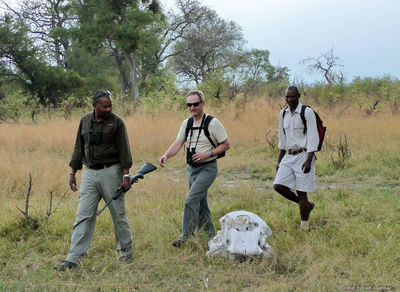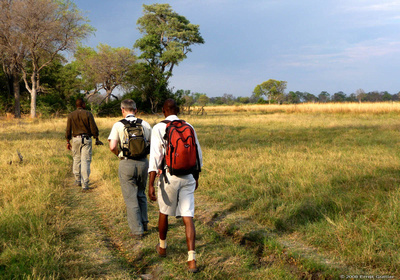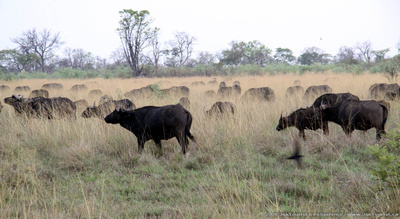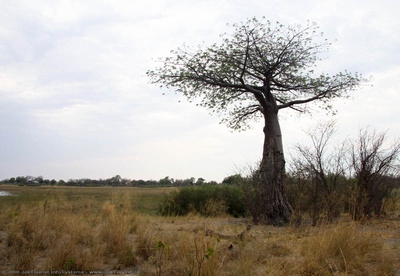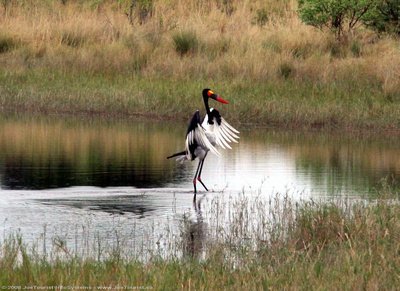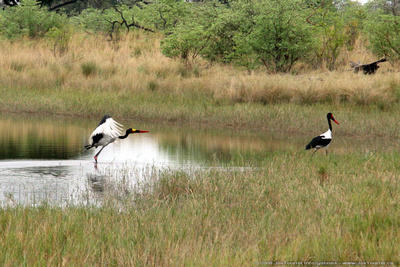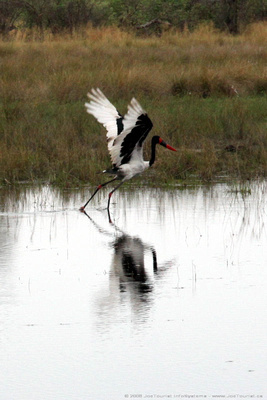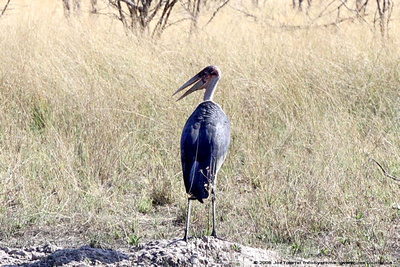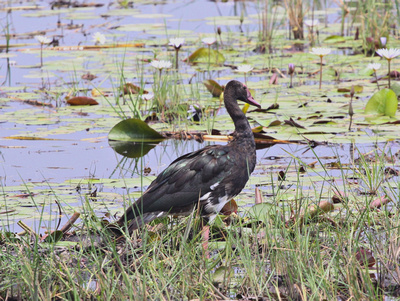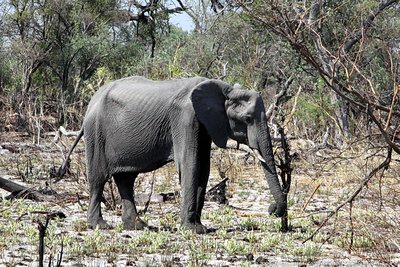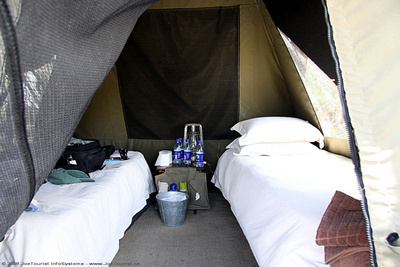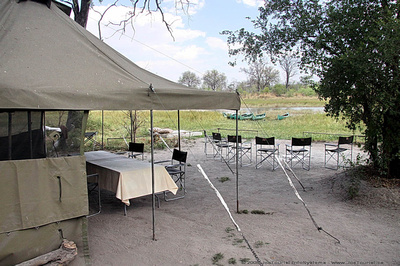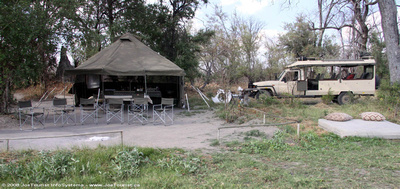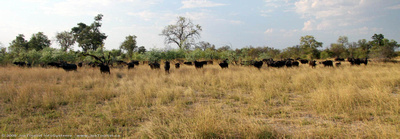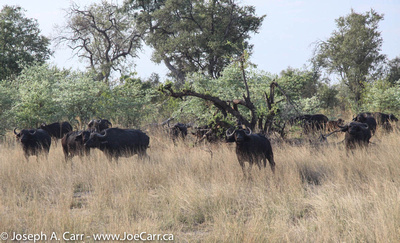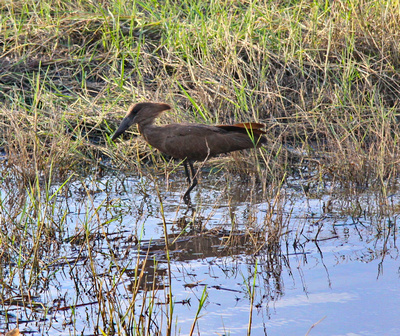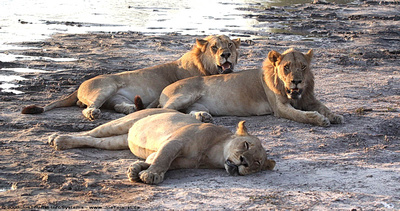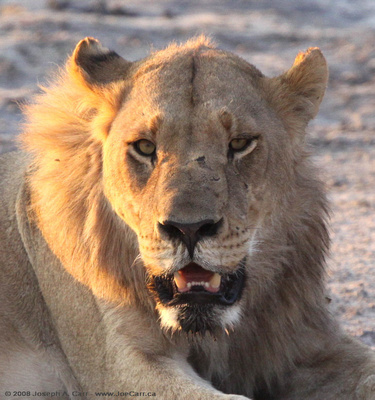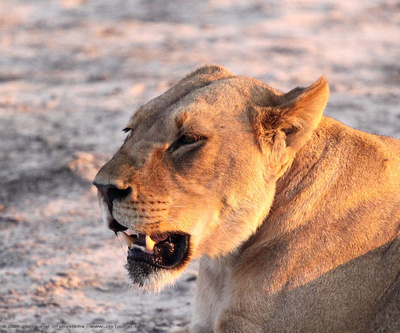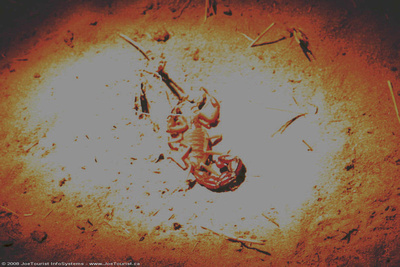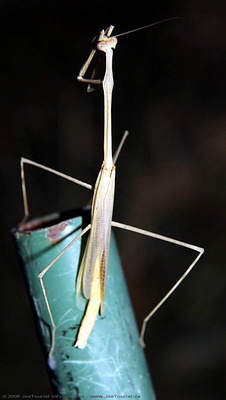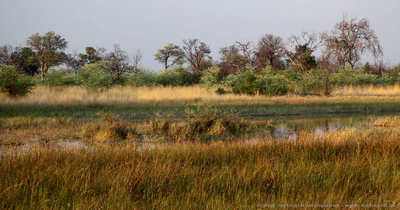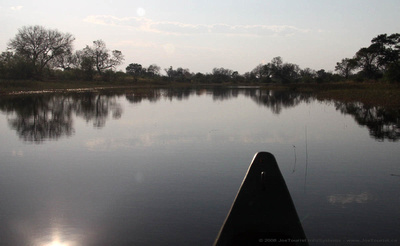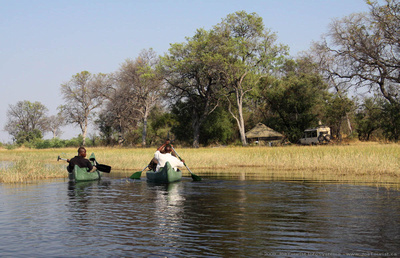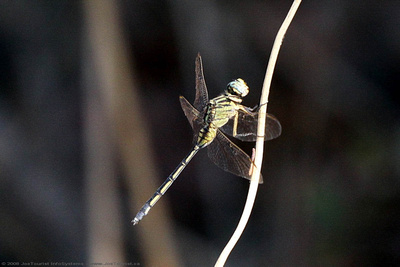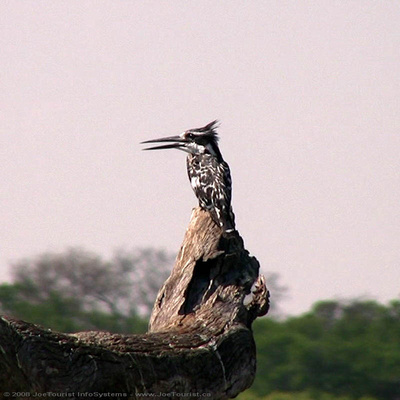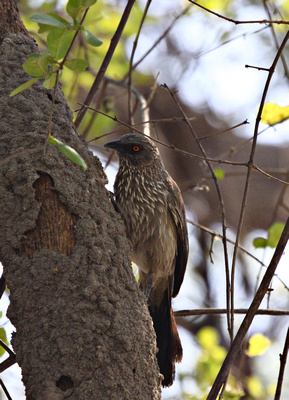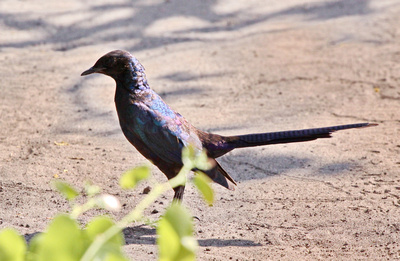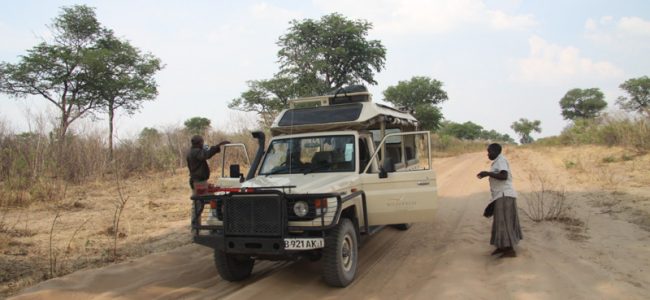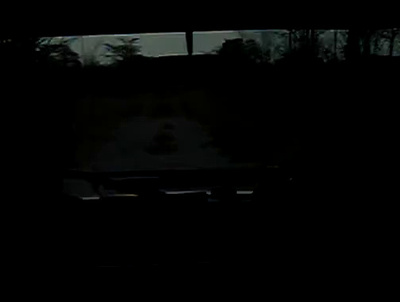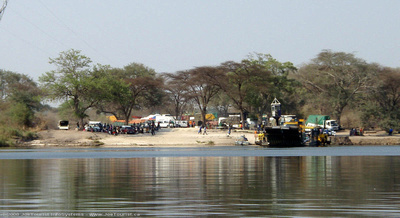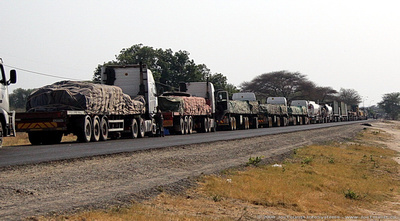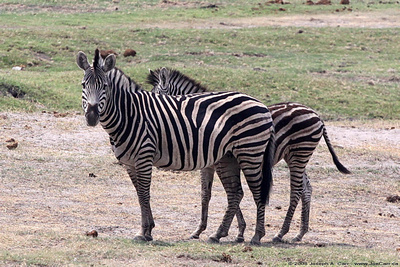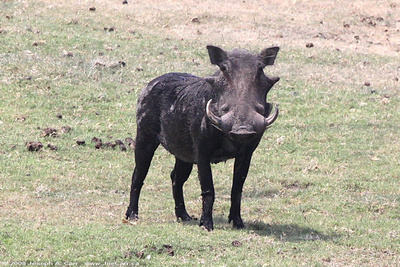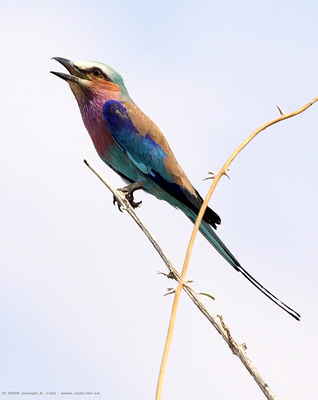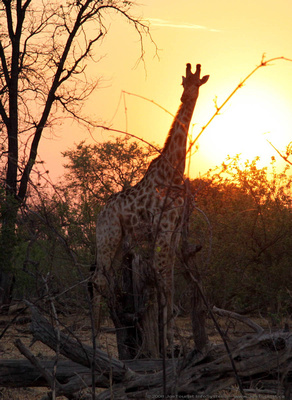Molokini, an islet just off the coast of Maui, Hawaii
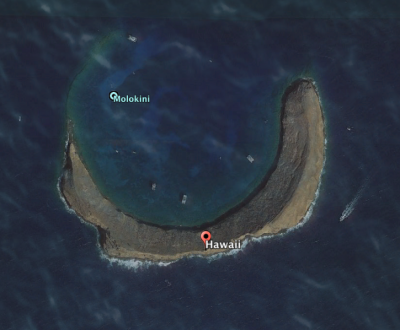
Molokini Islet – a satellite image
Nov 26, 1995 – The Islet of Molokini is located off the southwest coast of Maui, and is formed from the tip of a volcano, which just breaks out of the water. The island is a crescent shape, and forms a beautiful lagoon inside, where lots of fish congregate.
Snorkel cruises to Molokini abound, and we decided to take the Prince Kuhio, a 92 foot mono-hull diesel-powered cruiser (no longer running). There are many, many cruises offered to Molokini, (both power and sail, and mono-hull, catamaran and trimaran) so you should find one that suits your taste in boats.
Our itinerary included an early morning pickup from our condo, then we departed from nearby Maalaea Bay for the islet of Molokini. A breakfast of juice, coffee, muffins and fruit is served buffet-style, while we make our way to the island. After arriving at the island mid-morning, the boat is tied to mooring anchors set in the lagoon, and we are off snorkelling.
All equipment is provided. You must be able to swim, since the lagoon is about 50 feet deep, however swim boards are provided for those who lack confidence, or who are weak swimmers. The shore of Molokini is very steep, and consists of very rough lava rock. It is not recommended that snorkelers swim ashore, since it is difficult to climb ashore, and there are strong currents near shore. The ship’s crew is in the water with you at all times, and are ready to assist you, should you need help.
Snorkelling time available is about 2 hours, however we were tired out after about an hour and a quarter. While there, we had our adventure video taped by one of the crew. This is a good idea, since taking pictures underwater is tricky at best, and these professionals do a good job – giving you an excellent, personalized souvenir of your trip to Molokini. The video is edited onboard, and is ready for you when you depart a few hours later. Not expensive.
It is quite a thrill to get close to tropical fish. Of course, with that many boats (30 or so) going to Molokini every day, the fish are well rehearsed! They expect to be fed once the boats arrive, and they swarm around the snorkelers as soon as you enter the water.
-
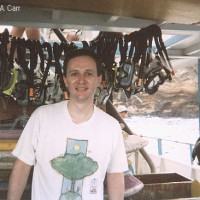
-
Joe on the Prince Kukio
-

-
Tropical fish swarming to be fed
-
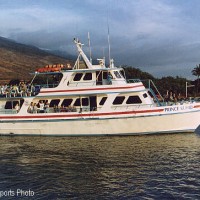
-
The Prince Kuhio in Maalaea Bay
The Prince Kuhio (and some other Molokini boats) offer as an extra cost option Snuba gear. This is a cross between snorkeling and full scuba gear. With Snuba, you don’t need to be previously certified for scuba diving. Snuba instruction is given onboard and in the lagoon. The tanks are floated on a raft on the surface, and air supply hoses are ganged off these tanks to the Snuba divers below. This allows you to go to the bottom of the lagoon, whereas snorkelers are confined to the surface, and can usually only dive down 10 feet or so for short periods of time. I can’t see the benefits of Snuba, since the fish are all near the surface anyway. Not recommended.
As we were pulling into Maalaea Bay at the end of our return trip, we spotted some large turtles in the bay – an added bonus to the trip! Apparently, the turtles nest ashore in the nearby salt flats. We were back at our condo by mid-afternoon.
Some thoughts…
Even if you don’t swim or don’t feel like snorkeling, this trip would be well worth taking. Molokini cruises offer good value for a day out on the water. Depending on the season, you might also see turtles (as we did), or Humpback Whales. Recommended.
The water at Molokini is quite cool, as compared with the water temperature you find on the Maui beaches. I would guess the water temperature is between 72 and 74 degrees Fahrenheit. If you do not have much body fat, you may find that you cannot stand to stay in the water for more than 15 minutes or so. If you start to shiver while in the water, return to the boat, immediately dry off, and warm yourself up. Don’t hesitate to ask the ship’s crew to assist you, if you need it.
The trip to and from Molokini can encounter some ocean swells. If you are prone to sea sickness, take your medication before leaving.
What you should take:
- a bathing suit (duh!)
- waterproof sunscreen
- sun glasses
underwater camera
- towel
- change of clothes
- hat
- light jacket or sweater
- cash ($20 or so)
What you should LEAVE BEHIND:
- wrist watch (enjoy yourself…who cares what time it is!)
- expensive jewelry (you won’t impress anyone when you’re dripping wet anyway)
- passports, and other important documents (there are no immigration officers on Molokini)
- fancy clothes (you will stick out in the t-shirts and shorts crowd)
- large amounts of money (nowhere to spend it)
- your expensive camera (you probably don’t have an underwater case for it, and even if you don’t get it wet, salt spray will find it’s way onto your camera, no matter how careful you are)
What is supplied/included:
- all food and drink (buffet breakfast and lunch – liquor extra)
- snorkelling equipment
- transportation to/from your hotel/condo from Kihei, Wailea, or Kaanapali
- cheap champagne on the return trip (we added fruit juice to ours, to make it drinkable!!)
- bilingual staff – English and Japanese
